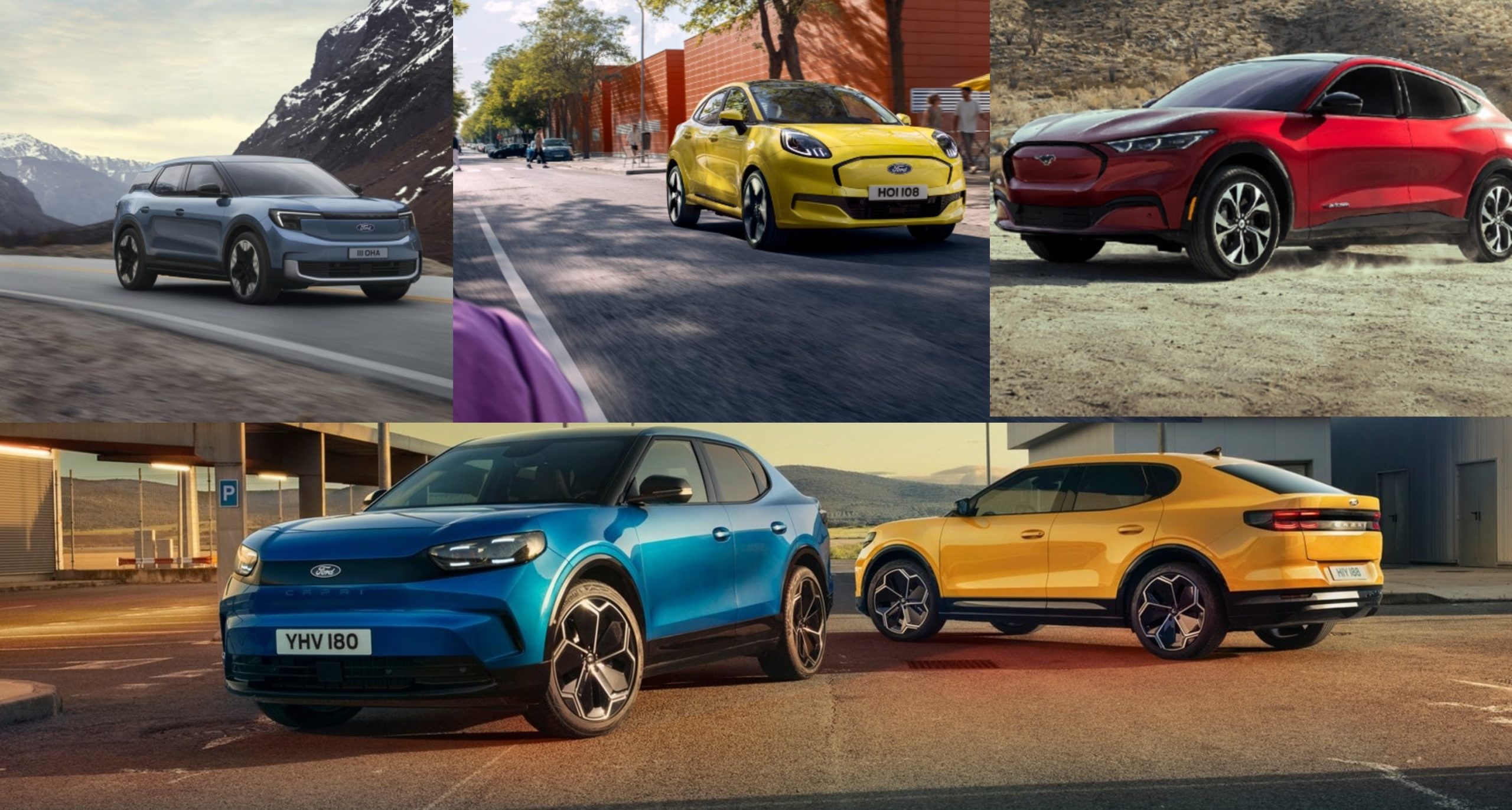News
What is EV line up do to a car? A detailed explanation

As the automotive industry evolves, electric vehicles (EVs) are becoming increasingly popular. For those wondering what is EV lineup does to a car, it refers to the shift toward electrification within a manufacturer’s lineup and its effects on vehicle design, performance, technology, and functionality.
This guide dives into how electric vehicle technology influences cars and reshapes the automotive landscape.
What Is an EV Line-Up?
An EV line-up refers to the collection of electric vehicles offered by a specific automaker. It includes fully electric models (Battery Electric Vehicles or BEVs) and sometimes plug-in hybrids (PHEVs). These vehicles are powered either entirely by electricity or a combination of electricity and a gasoline engine.
The growing adoption of EV line-ups is a response to environmental concerns, stricter emissions regulations, and consumer demand for sustainable options.
Impact on Vehicle Performance
Switching to an EV line-up significantly impacts a car’s performance. Unlike traditional internal combustion engine (ICE) vehicles, electric cars rely on electric motors, which offer several benefits.
- Instant torque: Electric motors deliver maximum torque from a standstill, providing faster acceleration compared to ICE vehicles.
- Smoother ride: EVs operate quietly and without the vibration associated with combustion engines, resulting in a smoother driving experience.
- Improved efficiency: Electric vehicles convert energy more efficiently, reducing power loss and maximizing performance.
- Regenerative braking: Many EVs feature regenerative braking systems that recover energy during deceleration and recharge the battery, enhancing efficiency.
Changes in vehicle design
The transition to an EV lineup has revolutionized vehicle design. Electric vehicles eliminate the need for traditional components like large engines and exhaust systems, allowing automakers to rethink layouts and aesthetics.
- More interior space: With compact electric motors and no bulky engine, EVs often have more interior space, creating roomier cabins.
- Frunk (Front trunk): Many EVs feature a front trunk, or “frunk,” in the space where the engine would typically be, providing additional storage.
- Aerodynamic shapes: To maximize efficiency, EVs are designed with sleek, aerodynamic shapes that reduce drag and improve range.
- Lightweight materials: Automakers use lightweight materials like aluminum and carbon fiber to offset the weight of heavy battery packs.
Environmental benefits
One of the primary reasons for adopting an EV lineup is the positive environmental impact. Electric vehicles are a key component in reducing carbon emissions and reliance on fossil fuels.
- Zero tailpipe emissions: Fully electric vehicles produce no emissions during operation, contributing to cleaner air and reduced greenhouse gases.
- Renewable energy integration: EVs can be charged using renewable energy sources, further reducing their carbon footprint.
- Reduced noise pollution: Electric motors operate silently, helping to decrease noise pollution in urban areas.
Advancements in technology
EV lineups drive advancements in automotive technology, making cars smarter and more efficient. Many of these features are integrated into both the hardware and software of the vehicle.
- Advanced batteries: Lithium-ion and solid-state batteries offer longer ranges, faster charging times, and improved safety.
- Connected cars: Many EVs include connectivity features, such as remote monitoring, navigation, and over-the-air software updates.
- Autonomous driving: Electric vehicles often serve as platforms for testing and implementing autonomous driving technologies.
- Smart charging: EVs are compatible with smart charging systems that optimize energy use and reduce charging costs.
Cost implications
Adopting an EV lineup has both short-term and long-term cost implications for car owners and manufacturers.
- Initial investment: Electric vehicles tend to have a higher upfront cost due to the expensive battery technology.
- Lower maintenance costs: EVs have fewer moving parts, which translates to lower maintenance costs compared to traditional vehicles.
- Energy savings: Charging an EV is often more cost-effective than refueling with gasoline, especially with off-peak electricity rates.
- Incentives and tax credits: Governments often provide incentives and tax credits for purchasing electric vehicles, offsetting the initial cost.
Challenges of EV lineups
Despite the advantages, transitioning to an EV lineup presents challenges for automakers and consumers.
- Range anxiety: Concerns about the distance an EV can travel on a single charge remain a barrier for some buyers.
- Charging infrastructure: The availability of charging stations varies by region, creating accessibility challenges.
- Battery recycling: Developing sustainable methods for recycling EV batteries is crucial to reducing their environmental impact.
- High battery costs: Battery production is expensive and relies on raw materials like lithium and cobalt, which are finite resources.
The future of EV Line ups
As technology advances, the future of EV lineups looks promising. Automakers are investing heavily in research and development to overcome existing challenges and expand their offerings.
- Improved ranges: New battery technologies are expected to deliver ranges comparable to or exceeding traditional vehicles.
- Global expansion: EV lineups are expanding globally, with many manufacturers committing to full electrification within the next decade.
- Increased affordability: As production scales up and battery costs decrease, EVs are becoming more affordable for mainstream consumers.
- Integration with smart grids: Future EVs may integrate with smart grids, allowing vehicles to store and return energy to the grid when needed.
Final thoughts
For those asking what is EV lineup does to a car, the answer lies in transformative changes to performance, design, and technology. Electric vehicles offer numerous benefits, including improved efficiency, environmental sustainability, and innovative features, while also presenting challenges that manufacturers are working to address.
As EV lineups continue to grow, they are reshaping the automotive industry and driving the world toward a greener, more connected future.
